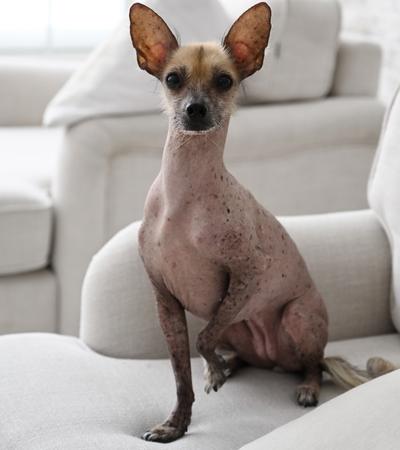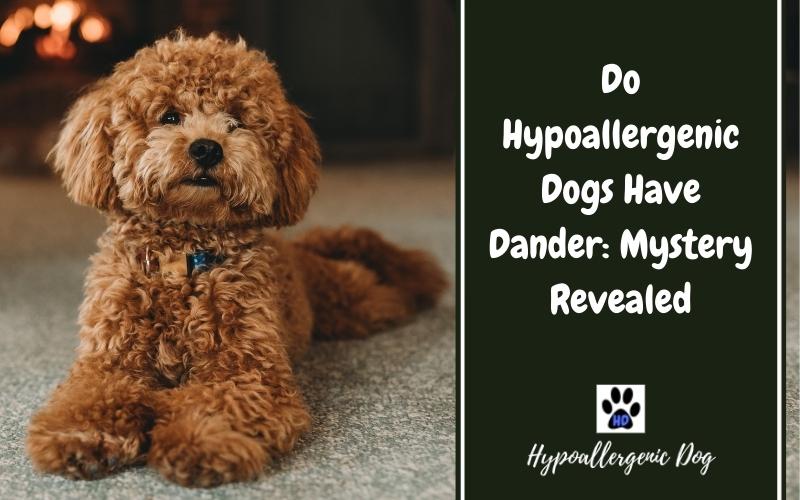Do Hypoallergenic Dogs Have Dander?
There have been numerous discussions on — do hypoallergenic dogs have dander? Some people believe that because hypoallergenic dogs don’t shed, they don’t have to deal with dander. Let’s explore the issue more closely to solve the mystery of what you wouldn’t expect.
What Is Dog Dander?
Before we proceed, it’s critical to understand exactly what dander is.
Simply put — it’s dead skin.
As new skin cells regenerate, dogs shed the old ones, which release into the environment — usually via the assistance of loose hair or fur. Hence, as hair/fur is shed and circulated into the atmosphere, you’re exposed to dog dander.
While this all sounds like a perfectly harmless natural cycle — dander contains proteins that trigger dog allergies.

What Are Hypoallergenic Dogs?
Data indicates that canines are a part of 38.4% of US households. The concept of a ‘dry-allergic’ dog suggests that allergies don’t have to stand in the way of relishing the thrills of adopting a furry friend.
When people talk of hypoallergenic dogs, it’s a term used to describe canines that either produce fewer allergens or don’t shed as frequently. And, while there are no completely hypoallergenic breeds, dogs labeled as such are considered better suited for pet allergy sufferers.
As mentioned, allergy symptoms are triggered when the body’s immune system reacts to allergen protein found in pet dander. These proteins are present in all warm-blooded animals.
Since an adverse reaction to dander induces pet allergies, choosing the ideal hypoallergenic dog for people with allergies requires careful deliberation and prudent decisions.
Do Hypoallergenic Dogs Have Dander?
All dogs produce dander, including hypoallergenic breeds. But do hypoallergenic dogs have less dander?
At this point, you should understand that hypoallergenic dogs shed less — thus allergen-inducing dander levels on these dogs will be lower than in others. However, they still lose dead skin cells, which has the potential — albeit minimally — to cause an allergic reaction.
These breeds typically:
- Carry curly coats, like the Poodle — which traps hair and dander, preventing it from being randomly released into the environment.
- Are hairless breeds, for example, the Xolo or Chinese Crested — so produces minimal dander.
Have hair, not fur, like the Maltese — shedding is similar to the human hair loss cycle, limiting dander release.

Do Hypoallergenic Dogs Have Different Proteins in Their Dander?
In short. Yes.
Hypoallergenic breeds generate different dander/protein compositions. Therefore, if you suffer from dog allergies, your symptoms may not manifest with one low-shedding breed, yet another could trigger them.
Are Hypoallergenic Dogs Good for Allergy Sufferers?
Dogs make excellent companions, yet dog dander is one of the leading causes of pet allergies.
Hence, thanks to their low-shedding traits, hypoallergenic breeds are the best choice for those sensitive to pet proteins. As they emit less dander, you’re less likely to experience a reaction — making them a pawfect fit.

Conclusion
If you suffer from allergies but would love to welcome a pooch into your home, you need to know about dog dander and shedding.
As we’ve seen, hypoallergenic dogs do have dander, yet as they shed at a relatively low pace, these breeds are deemed low risk for triggering a reaction. Yet, bear in mind, this doesn’t imply that the dog is completely allergy-free.


